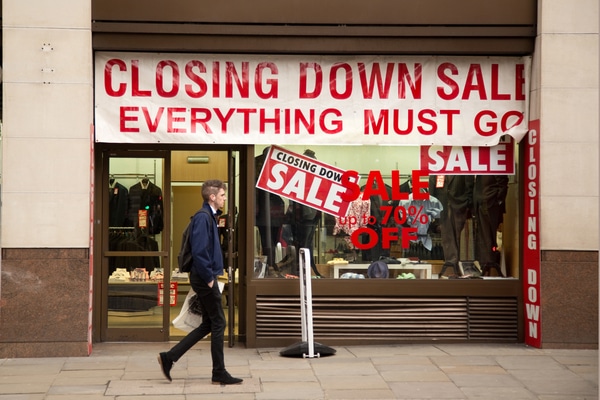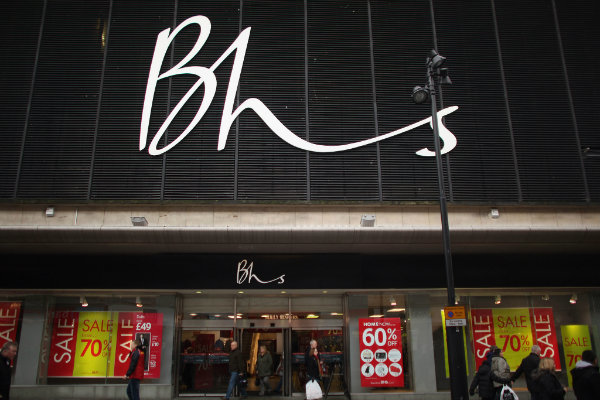Insolvencies in the retail industry show no sign of slowing with a seven per cent year-on-year increase, although the number of CVAs have decreased by more than half over the last five years.
According to law firm RPC, the number of retailers entering insolvency has increased from 999 in 2015/16 to 1071 in 2017/18.
RPC said that the retail sector was being plagued by a high cost base while the shift in sales from the high street to online continued to pick up pace.
In addition, struggling retailers have been hit by the withdrawal of credit insurance, which is often an indicator of financial distress and can be the final straw before a company enters insolvency.
RPC’s recent research indicated that sales at the UK’s top 20 online-only retailers jumped by 23 per cent last year to £8.4 billion, while footfall on the high street fell by six per cent in March – the largest year-on-year decrease since 2010.
Despite the high level of insolvencies, RPC said there has been a 55 per cent decrease in retail company voluntary arrangements (CVAs), from 33 to 15 in the last five years.
The firm said that the failure of some high-profile CVAs, notably BHS, may have made both businesses and creditors more cautious before entering into them.
CVAs enable a company to either reduce or reschedule the debts owed through compromise with its creditors, avoiding a formal insolvency process, as well as a large-scale restructuring of the business.
Household names to have either recently entered a CVA or reported to be negotiating one include Carpertright, New Look, Mothercare and House of Fraser.
Meanwhile, Toys R Us’ UK arm had agreed to a CVA two months prior to its administration.
“It is hard for retailers in the UK to shed expensive excess space as their lease agreements restrict that option,” RPC restructuring and insolvency senior associate Tim Moynihan said.
“For under-pressure retailers, a CVA may represent a neat solution to its problems for a short period of time.
“However, the reality is if it doesn’t address the structural weaknesses in a particular business and if trading continues to decline it is only delaying administration or liquidation.
“There is also a risk of CVAs being commoditised and turned into a product to be rolled out to retailers rather than each one being the bespoke and flexible solution that the legislation envisaged – and creditors consequently being less supportive of it as a process.”
Click here to sign up to Retail Gazette‘s free daily email newsletter
















